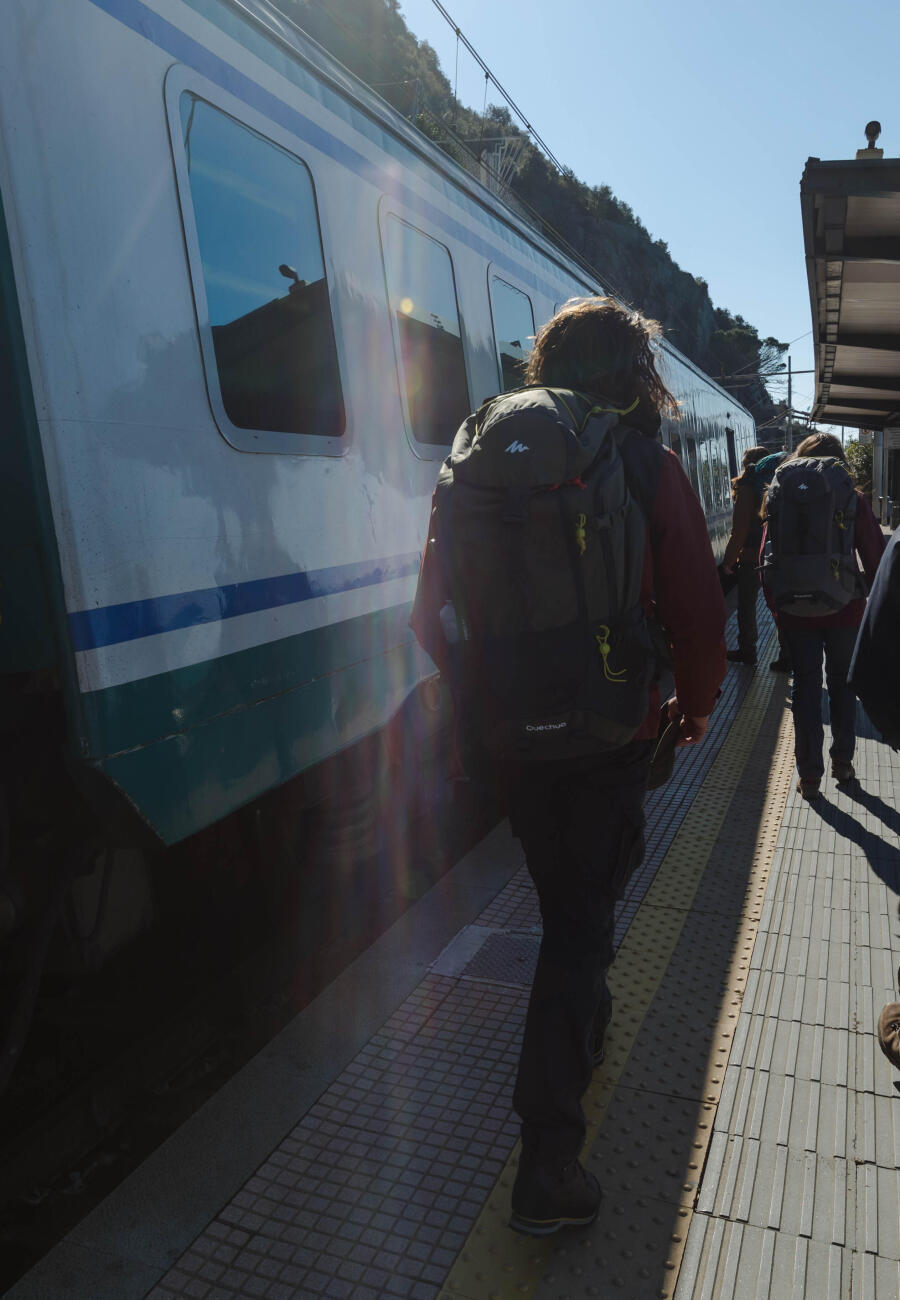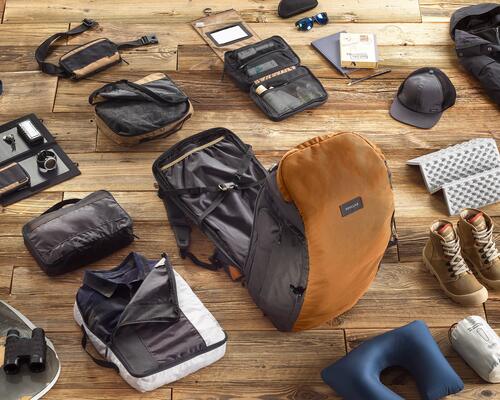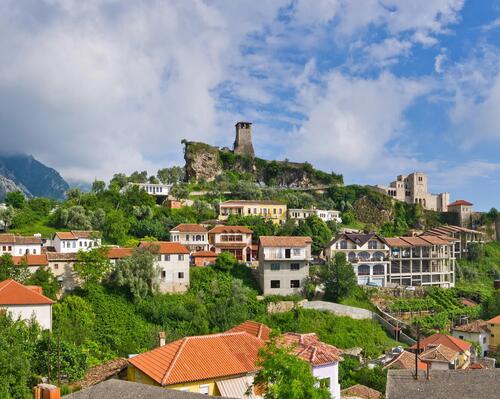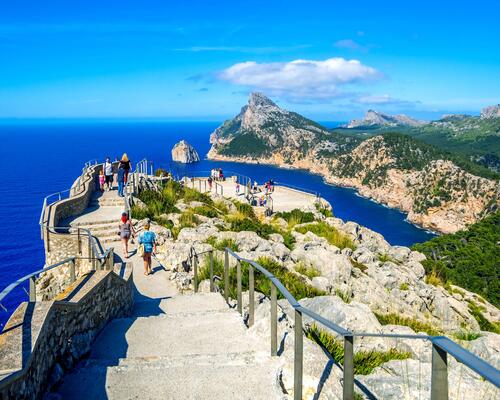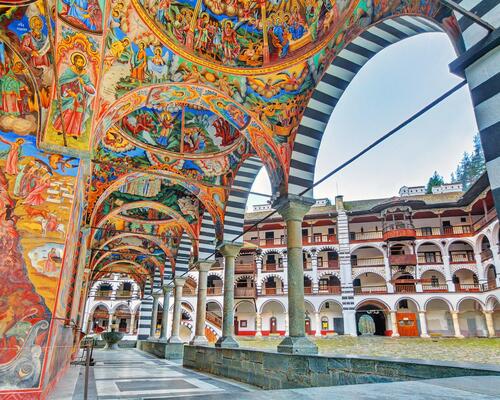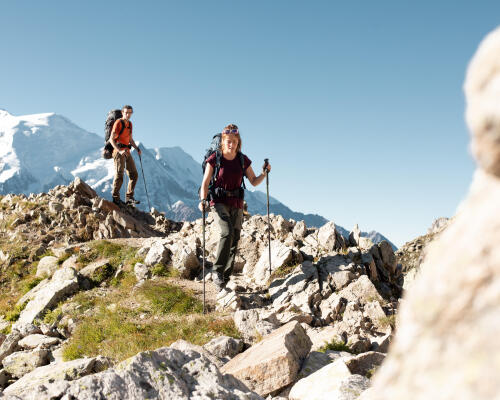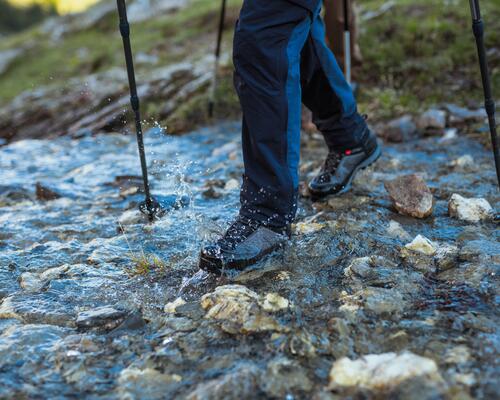Understanding carbon footprint in terms of different modes of transport
Why should we try to reduce our carbon footprint when travelling and offset flight emissions?
Simply because if you want to continue to travel, it's important to protect our planet's resources and natural spaces. As well as to reduce global warming.
And it would be a shame for a simple plane journey to wipe out the efforts you are making on a daily basis.
Your carbon footprint is an indicator that aims to measure the impact of an activity on the environment.
According to the European Environment Agency, train is the least polluting form of transport today. It obviously comes out ahead of the car, boat and, of course, plane. To give you a more accurate idea of average CO2 emissions per transport type, the report establishes the carbon footprint of the most commonly used vehicles and modes of transport:
- Train: 14g of CO2
- Bus: 68g of CO2
- Motorbike: 72g of CO2
- Petrol-powered car: 213g of CO2
- Airplane economy class: 285g of CO2

